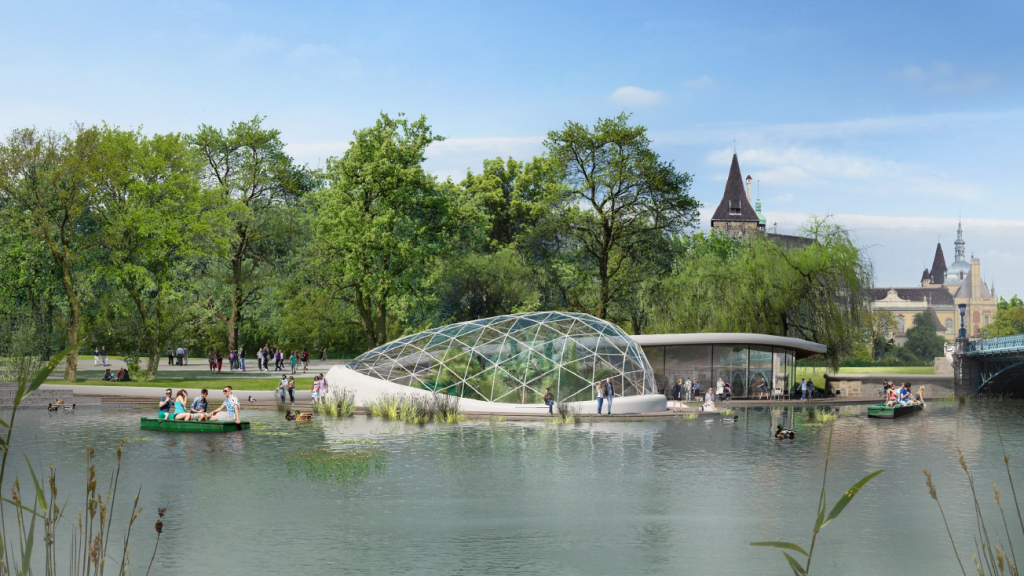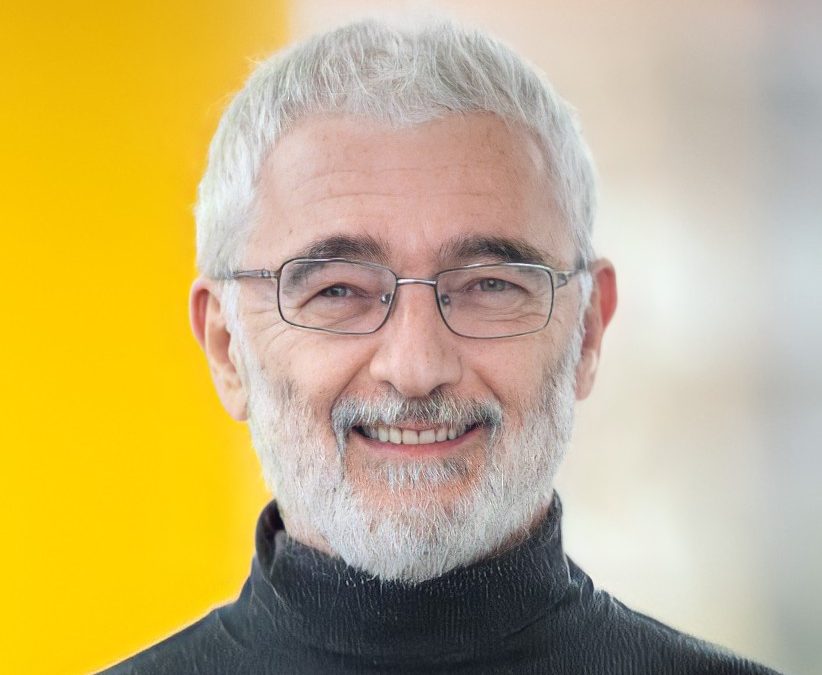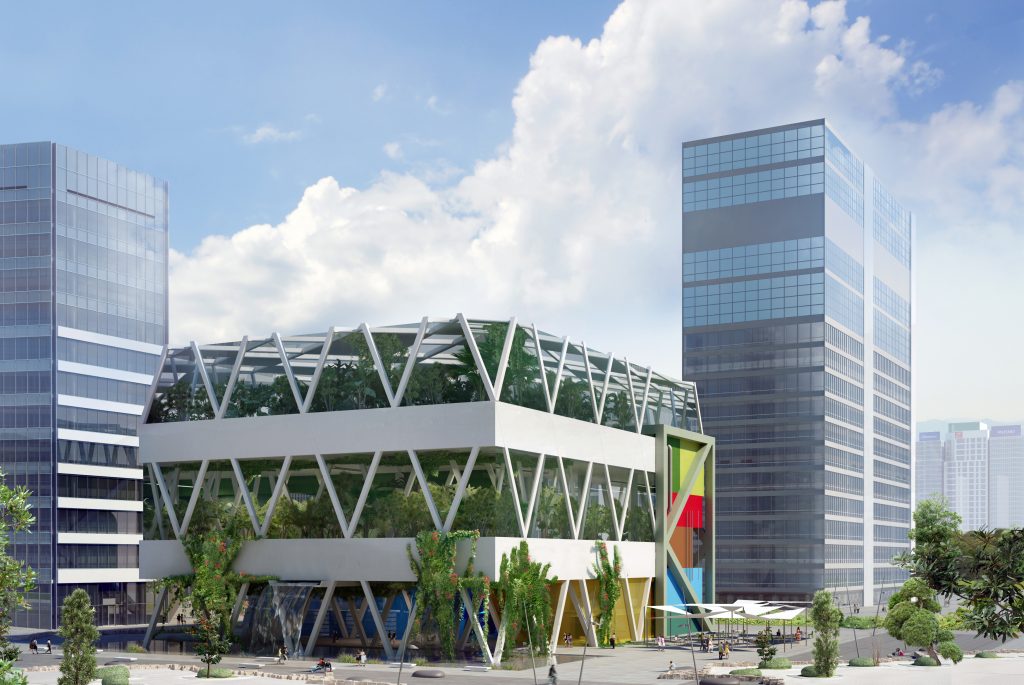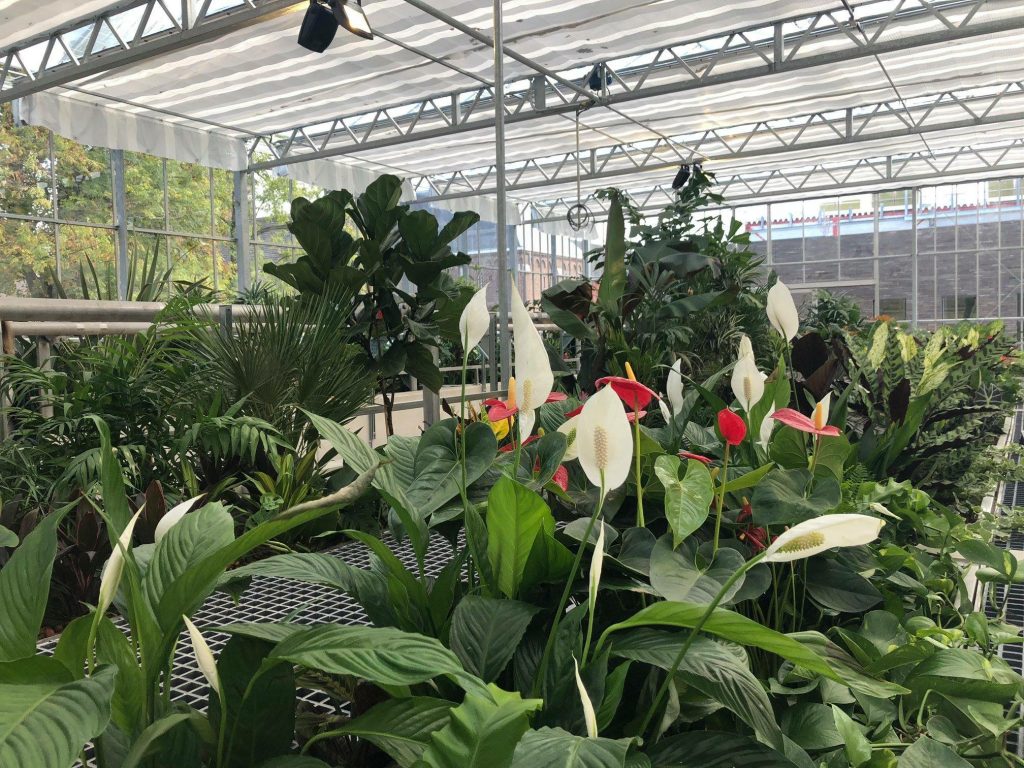We are becoming urban animals
Nature-based solutions are not just using nature but also learning from it and further develop them, says István Kenyeres with the Biopolus.

–This is all about how we can make our cities more livable and more lovable and more efficient, as humans are becoming an urban animal, an urban race, so to say. All my work in the past 15-20 years was focusing on developing urban wastewater solutions. The way I see it, there are two issues. One is water usage in the food production processes. You know, even though the production is now very far away from the cities, it is the cities where the vast food consumption happens! To manage urban water scarcity, we need to find urban solutions to produce food more efficiently. Eighty percent of cities globally do not clean their wastewater at any rate but let untreated sewage go back to nature. And even if cities collect and clean their wastewater, pumping clean water back to nature, instead of reusing and recycling it in the city, would be a waste of value – István starts the conversation by talking about how and where we waste the most of this precious element.
Despite what most of us would expect, Kenyeres explains that: “Giving back clean water to nature, sounds crazy, but that is not sustainable”.
-I was proud to work with wastewater Technology (WWT) and be able to turn water to spring quality, and for a long time, I believed it is beneficial and sustainable. Imagine my surprise to learn that putting it back to the natural water cycle means throwing it away, and we are a throwaway society. That water is useful, valuable, and better to be used within the urban water usage cycle than putting it back to nature – says Kenyeres. He draws our attention to the case that more than 80 percent of the global population is situated in heavily water-stressed areas. So this innovative closed-circle solution builds up their resilience, safety but also from an economic perspective, it is much better to keep water within the urban water cycle.
And what is the role of the Biopolus within the euPOLIS project in what ways will your solutions improve the quality of life of the citizens living nearby the demo location in each Front-runner city?

There is room for a lot of improvement. We are looking for technologies to enhance food and plant growing inside the city, so the more it is produced within the city boundaries, the water economy will be better. That is the case because vertical farming technologies compared to open field farm technologies can significantly decrease the amount of water we use to grow plants. Our predominant focus is water treatment, and we are developing urban farming and plant factory technologies to grow plants in a completely controlled environment.
That brings us to our base technology, the metabolic network reactor…
When you say metabolic network reactor, it sounds like an enormous, labyrinthine facility served by an army of scientists. But instead…?
We design and build living factories and facilities that can clean wastewater using complex biology where WWT uses several thousand species. The most visible part of our technologies is the plants. Plants are significant, but it is not them that clean the water.
We are building compact engineered bionetworks using the entire food chain from microbes up to higher organisms. We have crabs, snails, clams, etc as part of these eco-systems. The plants have a distinctive role. Their root zones create unique surfaces for bacteria, protozoans, and all kinds of creatures that “hang on” to their roots. Just like they’re hanging on one hand and use the other to eat all those materials that contaminate our water. To them, it is precious food! The water is fluctuating to different chambers and being treated to the final stages where there’s no more “food”, and the water is clean and safe for us to use.
NBS is not just using nature, but also learning from it and develop solutions. Human intelligence can add a lot to these bases. Take, for example, artificial roots. We could use these filaments using textile that can imitate plant roots where natural plants cannot grow.
The effects of climate change and global warming are already taking a toll on the quality of our lives. Can we still speak about preventing those undesirable effects, or are we a few steps further and now have to settle with mitigating them and learning how to make the best of the situation?
The best thing about our technology is that it also looks like nature. It can change the perception of wastewater treatment. Imagine there is a need for a water treatment plant in your neighborhood. Would you like to live nearby the traditional wastewater plant? No! They smell like hell, look awful… But using this ecological engineering approach, we can achieve the same with around 10 percent less space usage, plus creating a much more pleasant environment. It is entirely closed, odor-free not only that, but it can smell like a flower shop. To the citizens, it is a beautiful garden! Imagine in the Belgrade-like climate you can put a nice-looking greenhouse so that plants can have sun.
You know, in 19th century Germany there was an increased population with mental diseases, especially in the cities. It was triggered by the rising urbanization and industrialization when people suddenly started living much closer to each other. German physicians came to the idea of these “healing gardens” and hospitals started building them for people to relax and manage the psychological stress. This old approach is invigorated in modern architecture. NBS can employ tens of thousands of species to improve urban health, create places for pleasure, relaxation…
How come it is not already applied all around the globe?
It needs time. With the older version of this technology “living machine concept”. I have already planted more than one hundred water-treatment plants all over the world. WWT is a very conservative industry, but in the past 15 years, hundreds of this kind of technology were built. The Biopolus brought the latest generation of living machine technology to the market. I think it is gaining attention as the circular economy has given the incredible opportunity to change the cities. Sometimes we need a near-catastrophe scenario to react. Funny, last year was the best for the Biopolus as we have planted five big treatment plants in Vietnam, servicing nearly a million people. We have a project in the Gulf region, the Emirates, etc. The pandemic brought utterly new scenarios, and we see nothing is going to be the same.
We can thrive only through group efforts
As a biotechnologist and what I like to call creative ecologist, allowed me to learn, network with so many companies and individuals, test and improve knowledge and methodologies… I know for sure that no organism can live and operate on its own, so the euPOLIS consortium is an example of the focused effort of many different partners.
Many eco-protests are being held across the globe, and all these issues are now addressed to the governments because it is necessary to deal with those issues systematically. But is there anything each of us can do to contribute? Can we make our homes an efficient part of the urban ecosystem or the overall metabolism of the city?
Of course, you can recycle, reduce and be a cautious consumer, but I don’t think that anything significant can be done on the person or a household level. Interestingly, even if you think of megalopolises, it’s made of small urban cells, and it is a relatively new recognition that cities are like multicellular organisms. These urban cells are typically around 10.000 people. So this is the sample you can have and measure impact on.
Let me tell you something interesting. In ancient Greece, when cities exceeded the desirable number of 10.000 people, the surplus had to leave and build themselves new cities. You have heard of the word “metropolis”, the original word meant the “mother city”. It was the city that gave birth to all those smaller cities.
That level can significantly change the city metabolism and environment. You may not need to convince your government and change its ways, but you can convince your neighborhood. So, bottom-up approach towards the decentralized but interconnected world.
Therefore, NBS is also learning how all these cells communicate and contribute to each other – both social and natural ones. Every facility we build should be like a complex, living organism.
You love what you do and are very passionate about it. Are you an optimist towards our future scenarios?
I am most definitely an optimist! But I have gained a lot of experience and I’m no idealist! I am not naive and know that, to change the world for the better needs coordinated efforts, time, money, resources… What I see is that for a while now, our world is becoming ready for a change! This pandemic is a problem, but it also opened our eyes. How? You see, it is very hard to change something that at least seems to work fine. To make significant changes, people need to see things fall apart. Unfortunately, but this the time that can be used to make big changes with a big impact. I’m sure we can’t go back to the same working conditions. We’ve learned it’s possible to work from home. I mean, it’s crazy, you need people “face to face”, I need to touch people, I have six grandchildren… But we now have a great chance to change so many things and choose better.
A. Malusev





